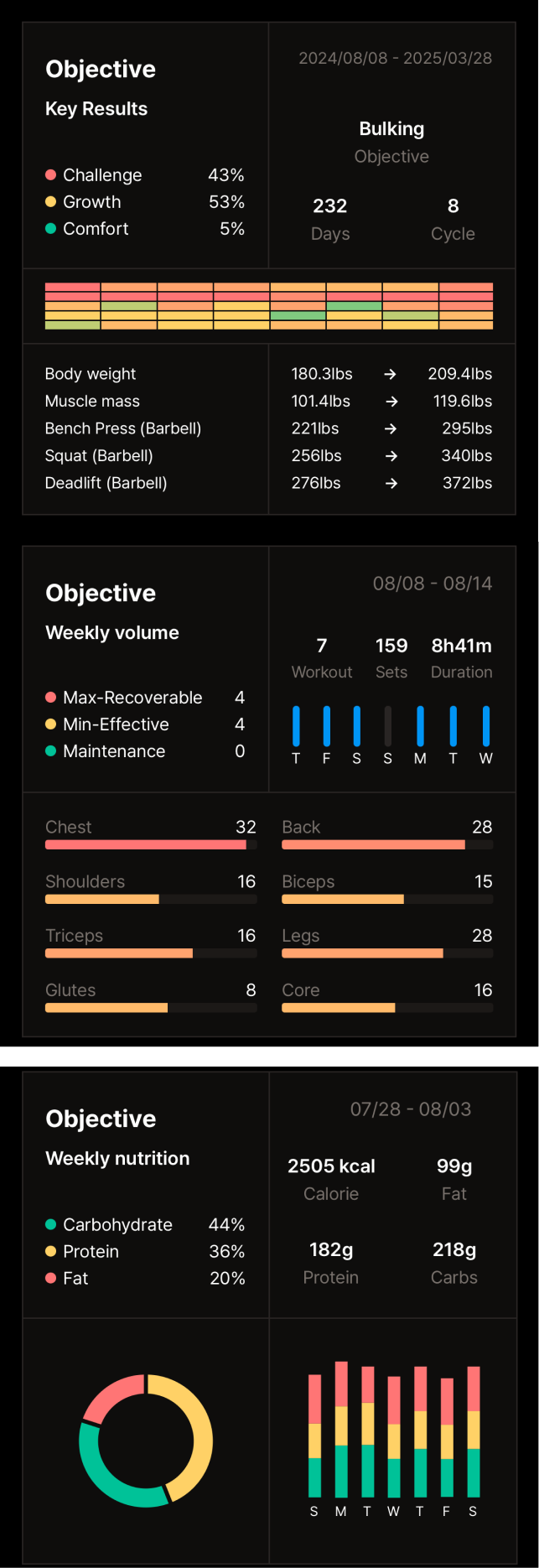Cardio for Fat Loss: HIIT vs. Steady-State
Did you know that not all cardio is created equal when it comes to burning fat? Two popular methods, High-Intensity Interval Training (HIIT) and Steady-State Cardio, often leave people wondering which is more effective. With so many looking to shed pounds, understanding the most effective workout can make all the difference. I recently spoke with someone struggling to choose between these two methods. They were unsure which would best fit their busy schedule and help them reach their weight loss goals. This uncertainty is common, so let's delve into both cardio types, exploring their benefits and ideal usage scenarios.
Understanding Cardio and Its Role in Fat Loss
What is Cardio?
Cardiovascular exercise, or cardio, involves activities that elevate your heart rate and breathing. It strengthens your heart and lungs, improving overall health. Cardio aids in fat loss by increasing calorie expenditure, essentially burning more calories than you consume.
The Science of Fat Loss
Your body burns fat as fuel during exercise, especially when you're in a caloric deficit. This means you're consuming fewer calories than your body uses. This deficit forces your body to tap into stored fat reserves for energy, leading to weight loss.
High-Intensity Interval Training (HIIT): An Overview
What is HIIT?
HIIT involves short bursts of intense exercise followed by brief recovery periods. For example, sprinting for 30 seconds followed by a 15-second rest, repeated for several rounds. HIIT can be adapted to various fitness levels by adjusting the intensity and duration of the intervals.
Benefits of HIIT for Fat Loss
HIIT offers several advantages for fat loss. It leads to a faster calorie burn during and after the workout, a phenomenon known as the excess post-exercise oxygen consumption (EPOC) effect. This elevated metabolism helps you burn more calories even at rest. Additionally, HIIT is incredibly time-efficient, allowing you to maximize calorie burn in shorter workouts. Finally, it improves both cardiovascular and muscular endurance.
Research-Backed Insights on HIIT
Numerous studies demonstrate HIIT's effectiveness in fat reduction. One study published in the Journal of Obesity found that HIIT is more effective than moderate-intensity continuous exercise for reducing abdominal fat. Another study showed that HIIT significantly improved cardiorespiratory fitness.
Steady-State Cardio: A Closer Look
What is Steady-State Cardio?
Steady-state cardio involves maintaining a consistent pace and intensity for an extended period. Examples include jogging, cycling, swimming, or brisk walking. The focus is on sustained effort rather than short bursts of exertion.
Benefits of Steady-State Cardio for Fat Loss
Steady-state cardio offers benefits like building endurance and promoting cardiovascular health. It's often easier to maintain long-term compared to HIIT, making it suitable for building a consistent workout routine. It's typically lower impact, reducing the risk of injury. It can also improve mental well-being by reducing stress and improving mood.
Steady-State Cardio in Research
Research supports the effectiveness of steady-state cardio for long-term fat loss. Studies have shown improvements in cardiovascular health markers like blood pressure and cholesterol levels. While some research suggests HIIT might be slightly more effective for fat loss in some populations, steady-state cardio remains a valuable tool for improving overall health and contributing to sustainable weight management.
HIIT vs. Steady-State: Which is Better for You?
Factors to Consider When Choosing
The best type of cardio depends on your individual needs and preferences. Consider your fitness goals: are you primarily focused on weight loss, endurance, or muscle maintenance? Your time availability and lifestyle also play a role. Finally, assess your physical condition and any existing injuries.
Pros and Cons Table
| Feature | HIIT | Steady-State | |---|---|---| | Calorie Burn | Higher, including EPOC effect | Moderate | | Time Commitment | Shorter workouts | Longer workouts | | Injury Risk | Higher potential for injury | Lower impact | | Fitness Level | Adaptable but can be challenging for beginners | Suitable for most fitness levels | | Benefits | Improved cardiovascular fitness, muscular endurance, fat loss | Improved cardiovascular health, endurance, fat loss |
Sample Workout Routines
Beginner HIIT Workout:
- Warm-up: 5 minutes of light cardio like jumping jacks or high knees.
- Workout: 30 seconds of burpees, 15 seconds rest. 30 seconds of mountain climbers, 15 seconds rest. 30 seconds of squats, 15 seconds rest. Repeat 3-4 times.
- Cool-down: 5 minutes of stretching.
Beginner Steady-State Workout:
- 30 minutes of brisk walking or light jogging at a consistent pace.
Remember to progress gradually and consider incorporating both HIIT and steady-state cardio for optimal results.
Complementing Cardio with Nutrition and Recovery
Importance of Nutrition in Fat Loss
Nutrition plays a crucial role in maximizing the benefits of cardio. A balanced diet rich in whole foods, lean protein, and healthy fats supports your body's energy needs and helps maintain muscle mass during weight loss.
Recovery and Rest
Adequate rest is essential for recovery and fat loss. Rest days allow your muscles to repair and rebuild, preventing overtraining and injuries. Sufficient sleep also plays a vital role in regulating hormones that influence appetite and metabolism. Active recovery, like light walking or stretching, can promote blood flow and reduce muscle soreness.
Conclusion
Both HIIT and steady-state cardio offer unique benefits for fat loss. HIIT provides a faster calorie burn in shorter workouts, while steady-state cardio promotes cardiovascular health and is often easier to sustain long-term. Assess your personal goals, preferences, and physical condition to determine the best approach for you. Consistency and dedication are key, regardless of your chosen method. Consider exploring further topics like "Creating a Balanced Fitness Routine" or "The Role of Strength Training in Weight Loss" to enhance your fitness journey. No matter your choice, remember that consistent effort and a balanced approach are crucial for achieving your fat loss goals.

